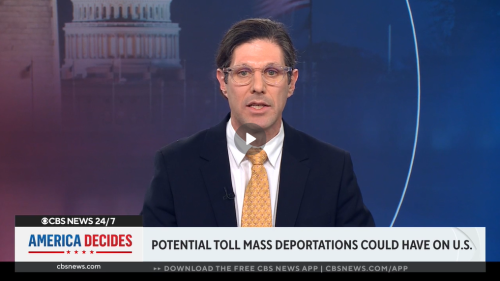The Washington Post
June 21, 2012
The Pew Research Center’s recent study concluding that the number of Asian immigrants moving to the United States now exceeds the number of Latinos hardly seems surprising to me or many of my fellow immigration attorneys. My law firm, Wildes & Weinberg P.C., which has focused exclusively on United States immigration matters for more than 50 years, has seen a dramatic uptick in the number of our clients who are of Asian origin in the last several years, many of them of Indian, Bangladeshi, and Chinese descent.
And of those, many, if not the majority, are highly skilled workers who meet the qualifications for H-1B professional nonimmigrant visas.
The H-1B visa is the visa that affords its holder the ability to have “dual intent;” that is, the holder of the H-1B can intend to reside in the U.S. permanently by applying for lawful permanent residence, despite the otherwise temporary nature of the visa. Nevertheless, it has become increasingly difficult for employers to sponsor their employees for H-1B visas. This is largely due to increasingly exhaustive review of such applications by the Department of Homeland Security’s U.S. Citizenship and Immigration Services (USCIS).
Click here to read the full story.



